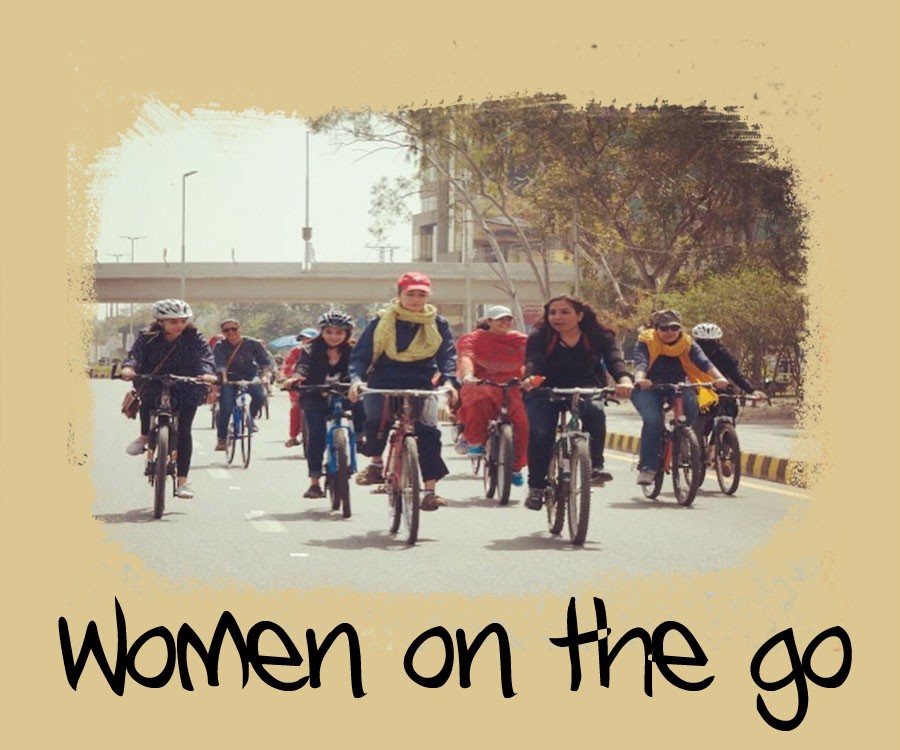

This week’s special report is concerned with women’s mobility in Pakistan, its impact on society, and the conditions under which women are allowed to be mobile. As a topic that touches upon the lives of every citizen, opinions on it are diverse and often strident. Many feel women’s visibility has grown greatly in the recent past but a deeper look at statistics reveals an overall stagnancy. Nonetheless, in urban settings in particular, there are far more women across classes out and about, going back and forth from their daily business. But how many are still held back by the weight of culture and respectability, and what do those who circumvent it do? Some are mining feminist ideology to claim public spaces as their own, others donning abayas and going out jogging. More financially privileged women are beginning to taste the joys of independent mobility through smartphone apps that have transformed the world of urban women in the last couple of years.
Read also: Women on the go
Much, however, still needs to be done as is made obvious in our interview with urban planner Fizzah Sajjad. The government has a major role to play in any large-scale conversation on female mobility, and though there are various initiatives that have been taken in Pakistan, the interventions have been small-scale and most have only been tested over a short period of time. The government can create a much greater impact through an increase in policing, provision of female public toilets, training of staff regarding sexual harassment on public transport, providing street lights, and offering assistance with women’s employment opportunities and transport to schools.